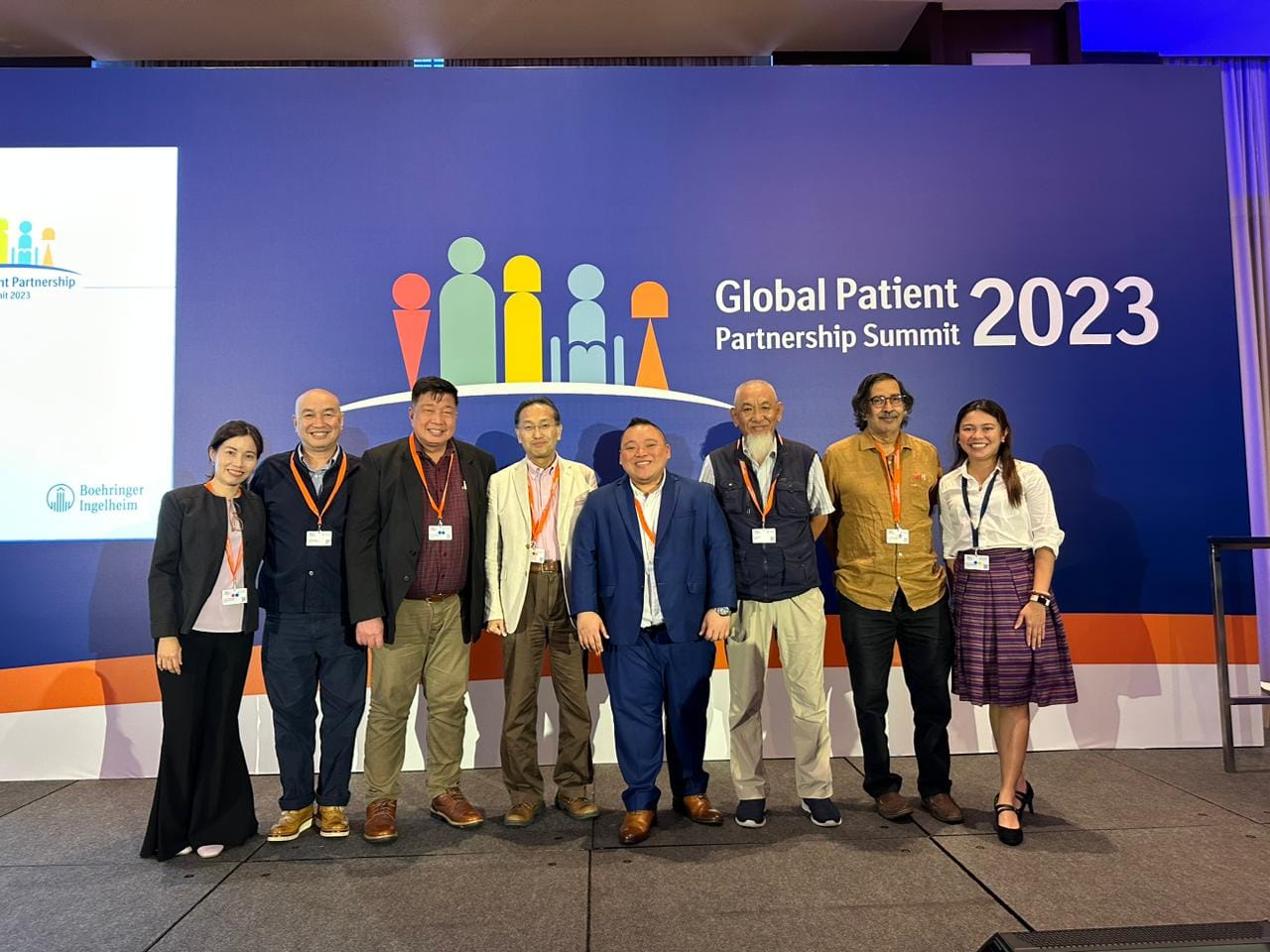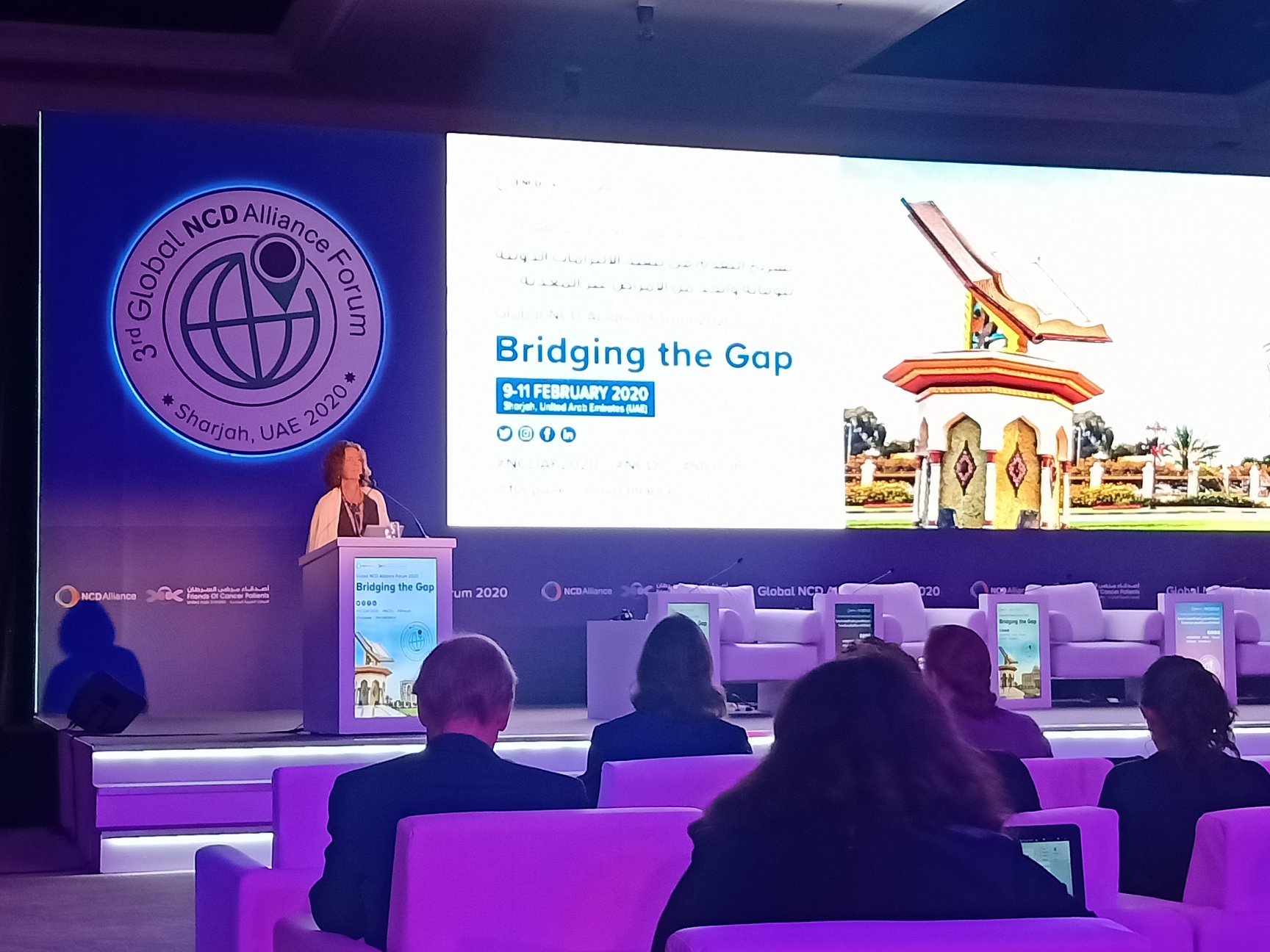ABOUT US
This section provides information about Psoriasis Asia Pacific, including our mission, values, and history. It also includes information about our team and our partners in the region.

Mission – Vision
Mission Statement: PsorAsiaPacific is dedicated to improving the lives of people living with psoriasis in the Asia-Pacific region. We strive to promote awareness, provide support and advocacy, and collaborate on research initiatives to achieve better treatment outcomes and, ultimately, a cure.
Vision Statement: Our vision is a world where everyone living with psoriasis in the Asia-Pacific region has access to high-quality, compassionate care and can lead a fulfilling life free from this chronic disease's physical and emotional burdens. Our collective efforts aim to empower patients, healthcare professionals, and communities to work towards a future where psoriasis is no longer a barrier to living life to the fullest.
As PsorAsiaPacific, we recognize the unique challenges that people with psoriasis face across different countries and cultures in the Asia-Pacific region. We are committed to fostering a global community that celebrates diversity, promotes understanding, and creates opportunities for collaboration and innovation. Together, we can positively impact the lives of those affected by psoriasis and create a brighter future for generations to come.


About the Psoriatic Disease
Psoriasis is a chronic, non-communicable, painful, disfiguring, and disabling disease for which there is no cure. It is characterized by well-demarcated, erythematous plaques with overlying silvery scales that primarily affect the skin, nails, and joints. Psoriasis is associated with significant impairment of physical, psychological, and social functioning and has been recognized as a serious global health problem by the World Health Organization (WHO).^[1]
According to the WHO, psoriasis affects approximately 125 million people worldwide and can occur at any age, with peak onset in the teenage years and at 55-60 years.^[2] The exact cause of psoriasis is unknown, but it is believed to be a complex interplay between genetic, environmental, and immune system factors.^[3]
Effective treatments for psoriasis exist, including topical therapies, phototherapy, systemic medications, and newer biologic agents. However, access to these treatments may be limited in some regions of the world. The WHO has called for increased awareness, advocacy, and research to improve the lives of people with psoriasis worldwide.^[4]
According to the WHO, psoriasis affects approximately 125 million people worldwide and can occur at any age, with peak onset in the teenage years and at 55-60 years.^[2] The exact cause of psoriasis is unknown, but it is believed to be a complex interplay between genetic, environmental, and immune system factors.^[3]
Effective treatments for psoriasis exist, including topical therapies, phototherapy, systemic medications, and newer biologic agents. However, access to these treatments may be limited in some regions of the world. The WHO has called for increased awareness, advocacy, and research to improve the lives of people with psoriasis worldwide.^[4]
Sources:Note: This one has Asian Context included
1. World Health Assembly. Psoriasis: resolution WHA67.9. Geneva: World Health Organization, 2014.
2. Parisi R, Symmons DP, Griffiths CE, et al. Global epidemiology of psoriasis: a systematic review of incidence and prevalence. J Invest Dermatol. 2013;133(2):377-385.
3. Nestle FO, Kaplan DH, Barker J. Psoriasis. N Engl J Med. 2009;361(5):496-509.
4. World Health Organization. Global Report on Psoriasis. Geneva: World Health Organization, 2016.

About Psoriatic Disease
Psoriasis is a chronic, non-communicable, painful, disfiguring, and disabling disease for which there is no cure. It affects up to 3% of the world's population, regardless of age, gender, or ethnicity1. The World Health Organization (WHO) has recognized psoriasis as a serious global health problem that requires greater attention and action2.
Across Asia, psoriasis is prevalent, with estimates ranging from 0.11% to 2.8% of the population3. The prevalence is even higher in some regions, such as Japan, Korea, and Taiwan. However, there are challenges in the Asian context related to awareness, understanding, and stigma around psoriasis. Some cultural norms and beliefs about skin conditions can lead to discrimination against people with psoriasis. Healthcare professionals may not have the necessary knowledge or training to diagnose and manage the condition in some areas4 effectively.
Despite these challenges, a range of treatment options is available for psoriasis in Asia, including topical therapies, phototherapy, and systemic medications. Biologic therapies have also become increasingly available in recent years, offering new options for patients who have not responded to traditional therapies. However, access to these treatments may be limited in some areas due to cost or availability^5.
Efforts are being made in the region to improve awareness and access to care for psoriasis. Organizations such as Psoriasis Asia Pacific provide education and support for patients, healthcare professionals, and policymakers in the region. The WHO's recognition of psoriasis as a global health problem also highlights the need for greater attention and action to address the challenges those living with psoriasis face in Asia and worldwide.
Footnotes:
1. World Health Organization. Global report on psoriasis. 2016. https://apps.who.int/iris/bitstream/handle/10665/204417/9789241565189_eng.pdf?sequence=1
2. World Health Organization. Psoriasis resolution. 67th World Health Assembly. 2014. https://www.who.int/nmh/events/2014/a67_psoriasis_resolution.pdf
3. Parisi R, et al. Global epidemiology of psoriasis: a systematic review of incidence and prevalence. J Invest Dermatol. 2013;133(2):377-385.
4. Zhu TH, Nakamura M. Challenges in the management of psoriasis in Asian patients. Am J Clin Dermatol. 2019;20(3):367-375.
5. Yeung H, et al. Access to biologic treatment for psoriasis in the Asia-Pacific region: a consensus statement from the Asia Pacific Psoriasis Collaboration. Australas J Dermatol. 2017;58(3):e76-e86.


Rare Disease Types of Psoriatic Disease
Several types of psoriasis are considered rare diseases, including erythrodermic psoriasis, generalized pustular psoriasis, and acrodermatitis continua of Hallopeau. These forms of psoriasis are rare but can have severe and disabling effects on patients' lives^1.
1. Erythrodermic psoriasis, also known as exfoliative psoriasis, is a rare and severe form of psoriasis that affects the entire body. It is characterized by widespread, fiery redness and shedding of the skin^2. Erythrodermic psoriasis is estimated to occur in less than 1% of all psoriasis cases^3.
2. Generalized pustular psoriasis (GPP) is another rare form of psoriasis characterized by widespread, pus-filled blisters on the skin. GPP can be life-threatening if not treated promptly and is associated with systemic inflammation and fever^4. The incidence of GPP is estimated to be between 0.1% and 0.3% of all psoriasis cases^5.
3. Acrodermatitis continua of Hallopeau is a rare type of psoriasis that affects the fingertips and nails, causing redness, swelling, and pustules. It can be challenging to treat and can cause permanent damage to the nails and surrounding tissues^6. Acrodermatitis continua of Hallopeau is estimated to occur in less than 5% of all cases of pustular psoriasis^7.
While these rare forms of psoriasis are relatively uncommon, they can have severe consequences for patients. More research is needed to understand the underlying mechanisms of these conditions better and to develop more effective treatments.
Footnotes:
1. Jullien D, et al. Rare forms of psoriasis: a systematic review. J Am Acad Dermatol. 2019;80(4):1067-1081.
2. Pietrzak D, et al. Erythrodermic psoriasis: pathophysiology and current treatment perspectives. Psoriasis (Auckl). 2016;6:93-100.
3. Menter A, et al. Guidelines of care for the management of psoriasis and psoriatic arthritis. J Am Acad Dermatol. 2011;65(1):137-174.
4. Chen L, et al. Generalized pustular psoriasis: a review and update on treatment. J Eur Acad Dermatol Venereol. 2020;34(4):745-753.
5. Sidoroff A, et al. Pustular psoriasis: a review of 127 cases. Br J Dermatol. 1983;109(5):597-611.
6. Vakharia PP, et al. Acrodermatitis continua of Hallopeau: current perspectives. Psoriasis (Auckl). 2018;8:51-60.
7. De Simone C, et al. Clinical and therapeutic aspects of acrodermatitis continua of Hallopeau: a review of the literature. Am J Clin Dermatol. 2019;20(4):509-516.


